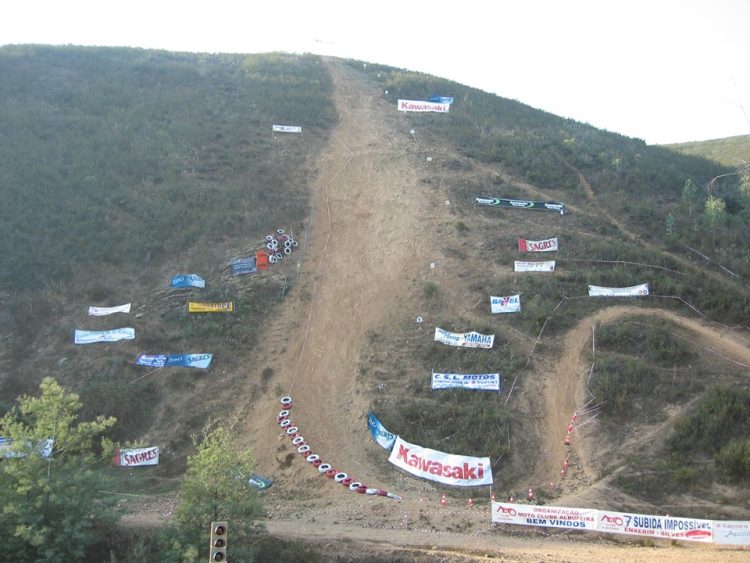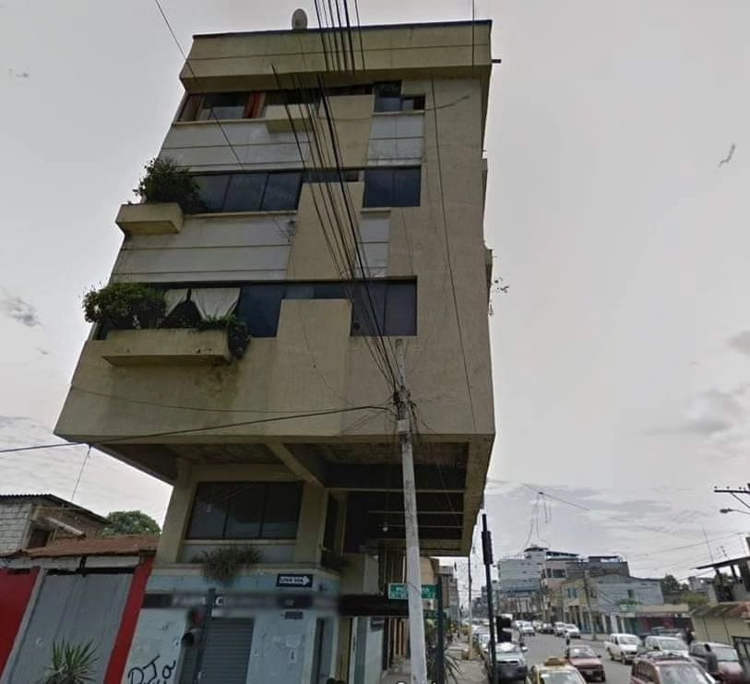On the banks of the Don River, in the picturesque Voronezh region of Russia lies one of the most fascinating tourist attractions this country has to offer – the Spassky Cave Church. For hundreds of years, this place has been at the mercy of the elements, then it had to face communist persecution, yet it still stands as a bastion of Russian Christianity.
It’s believed the first caves were dug into the cretaceous mounts of Kostomarovo before the adoption of Christianity in Russia. Hermit monks would use these austere cell-like spaces to hide from persecution, and it wasn’t until the 12th century that the first rock monastery was carved in the region. It’s hard to pinpoint the exact date the Spassky Cave Church appeared near the small Russian village of Kostomarovo, due to the lack of clear historical evidence, but it is now considered one of the most incredible monuments of ancient architecture in Russia. Dug into the cretaceous rocks known as “diva” in the Voronezh region, this unique holy place has a rugged exterior that hints at Byzantine influences, but its interior is much more polished, featuring straight walls, rounded arches and Orthodox decorations. It can accommodate 2,000 people and welcomes thousands of pilgrims from all over Russia, every year.





















